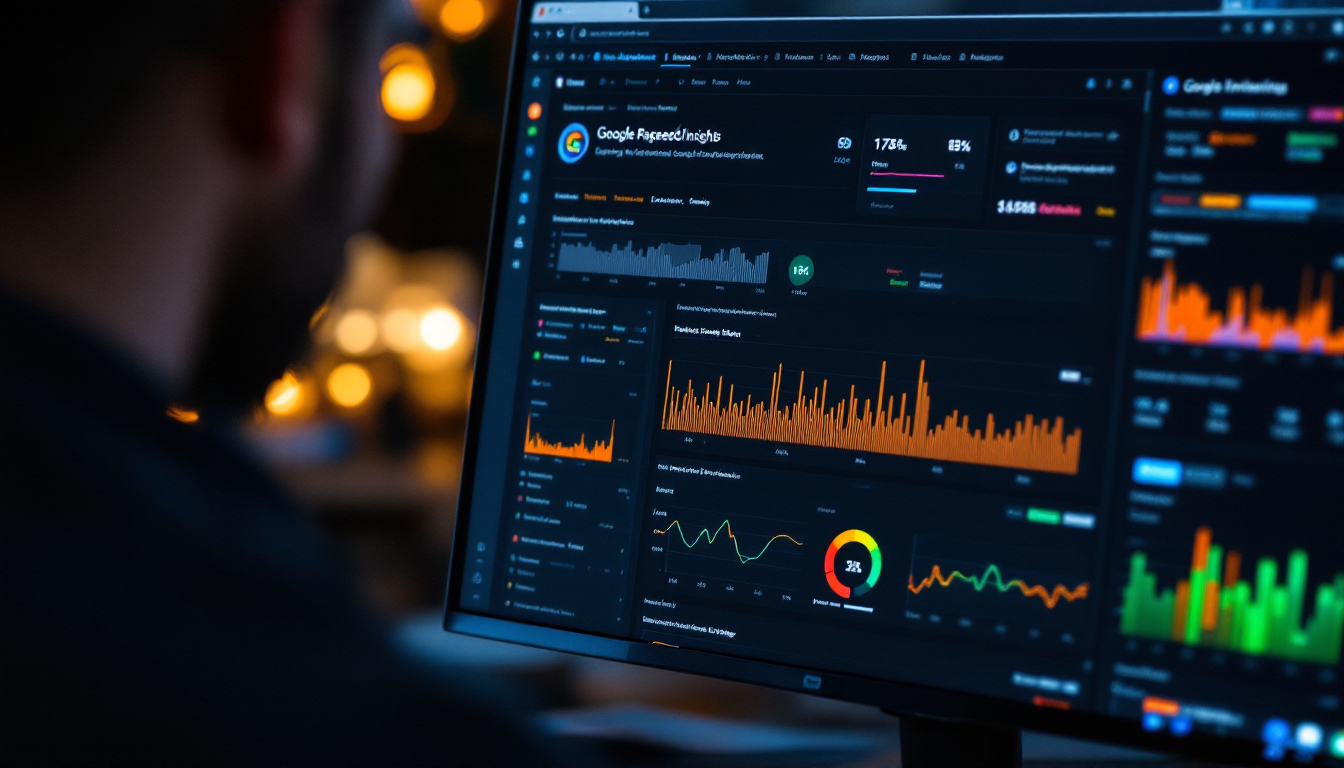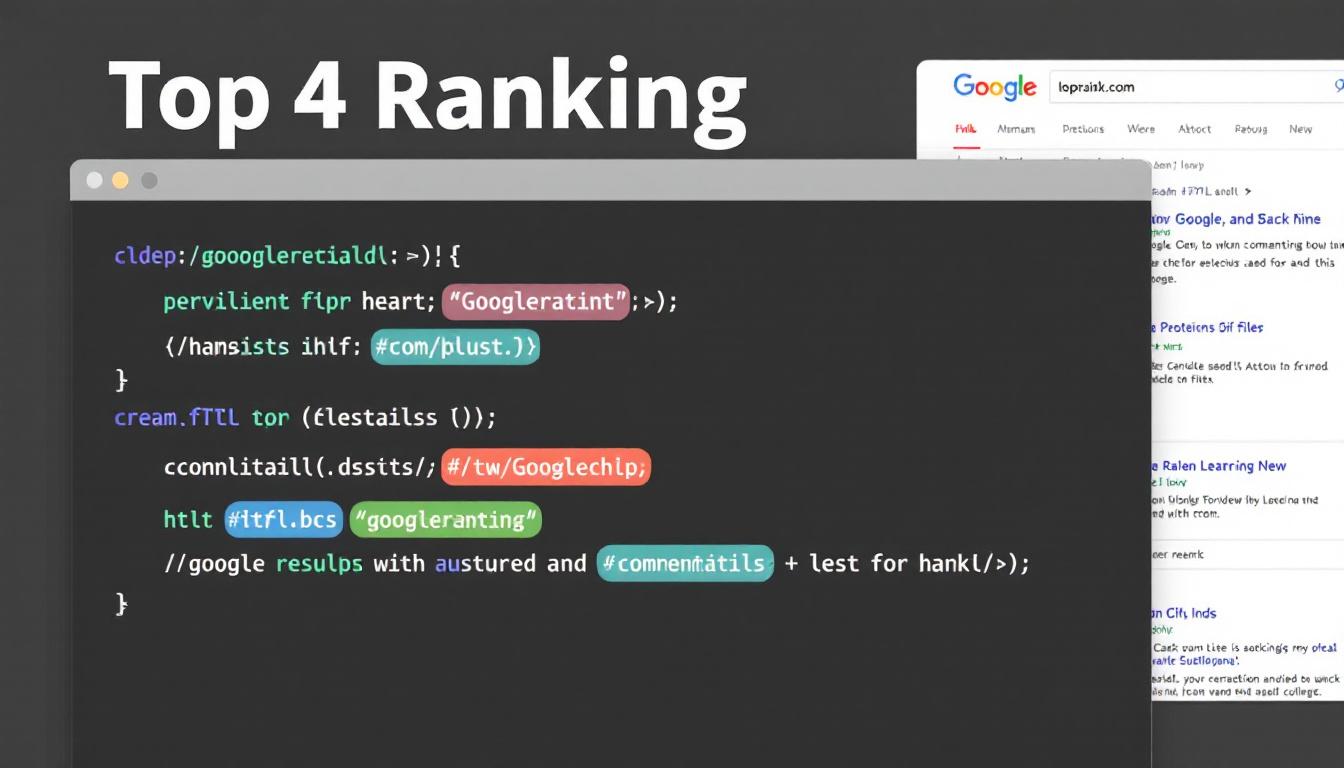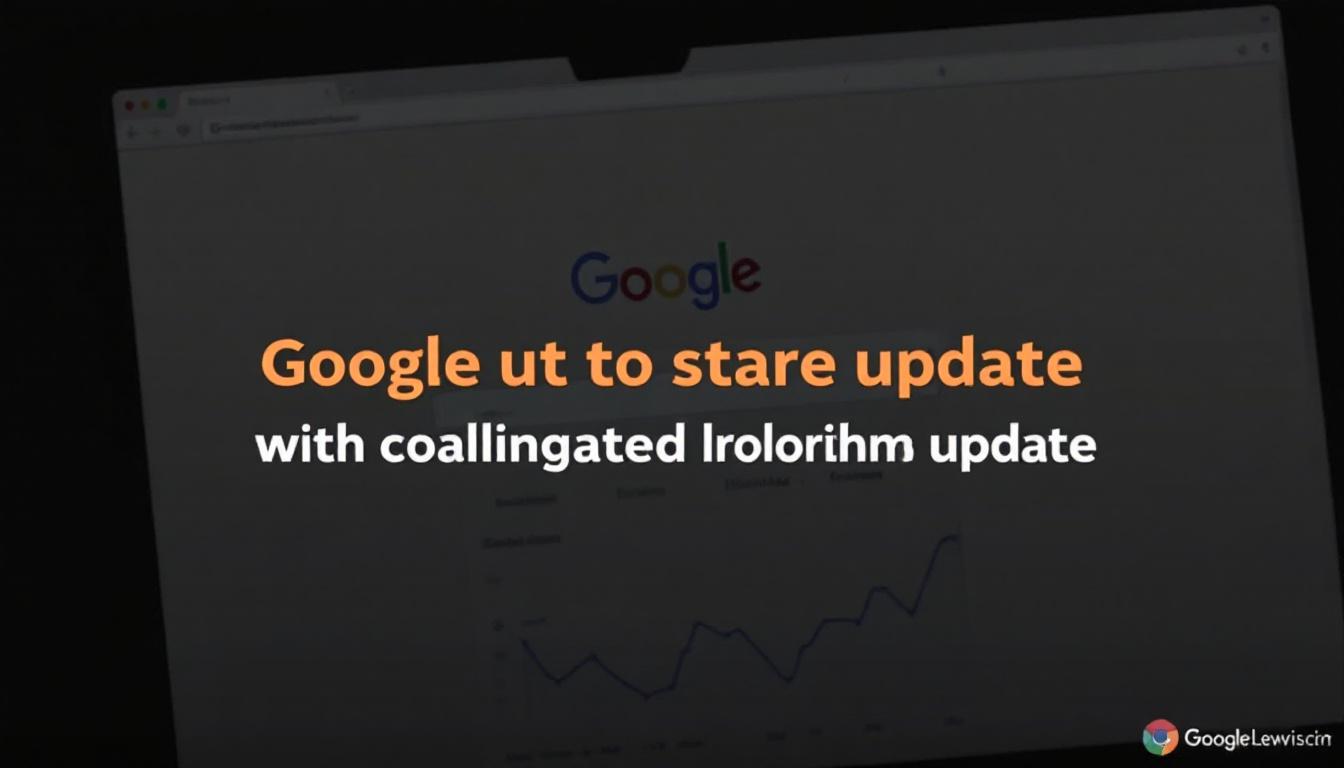Google has upgraded PageSpeed Insights (PSI) by adding clear indicators of the Chrome User Experience Report (CrUX) data collection periods.
Hostinger
Hostinger's managed cloud hosting delivers four times the speed and twenty times the resources of conventional web hosting.
This enhancement empowers developers to better interpret website performance metrics with precise temporal context.
Enhancements to PageSpeed Insights
The recent update to PSI focuses on improving transparency around CrUX data, a key metric for evaluating real user experiences.
Display of Data Collection Period
Previously, developers had to navigate additional tools to determine the timeframe of the collected data.
With the enhancement, PSI now prominently displays the data collection period directly within its interface. For instance, a test conducted on January 5 will present data spanning from December 7 to January 3, offering immediate clarity without the need to access Chrome DevTools.
Barry Pollard, Web Performance Developer Advocate at Google Chrome, shared the update on social media, highlighting the responsiveness to developer feedback regarding the previous lack of clarity in PSI’s data presentation.
Importance of the Update
Understanding the context of CrUX data is essential for developers aiming to optimize website performance effectively.
Impact on Website Optimization
Accurate knowledge of data collection periods allows for more targeted performance improvements.
CrUX data serves as a vital metric for assessing real-world user experiences and plays a role in Google’s search ranking algorithms.
By clearly displaying the data’s timeframe, developers can more accurately track the effects of their optimization efforts and make informed decisions to enhance site performance.
CrUX Data Integration Across Google Tools
CrUX data is utilized in various Google platforms, each presenting the information differently.
PageSpeed Insights (PSI)
PSI provides detailed performance metrics tailored for specific URLs or entire sites.
The tool offers data based on a 28-day rolling period with a two-day delay, allowing developers to assess performance trends and make necessary adjustments.
Google Search Console
Search Console categorizes CrUX data by related pages, which may lead to a broader analysis scope.
This grouping can sometimes create confusion, as it aggregates performance metrics across similar pages rather than individual URLs.
BigQuery
For those needing in-depth data analysis, BigQuery provides extensive CrUX datasets.
Monthly data exports include detailed histograms and geographic distributions, with updates occurring approximately ten days after each month’s end.
Future Implications
This update marks a step towards more transparent and user-friendly performance monitoring tools.
Streamlined Data Analysis
Enhancements like visible data collection periods simplify the workflow for developers.
By reducing the need to consult multiple tools for contextual information, developers can focus more on implementing effective performance improvements.
The Bottom Line
Google’s update to PageSpeed Insights significantly improves the tool’s usability by making CrUX data collection periods readily accessible.
This change not only aids developers in better understanding their website performance metrics but also supports more informed optimization strategies, ultimately enhancing the user experience and potentially improving search rankings.








